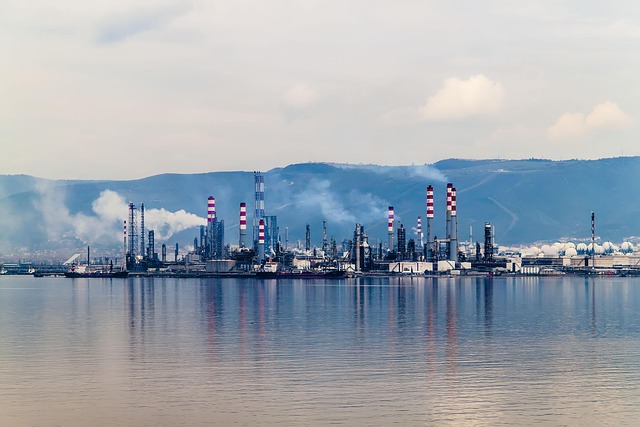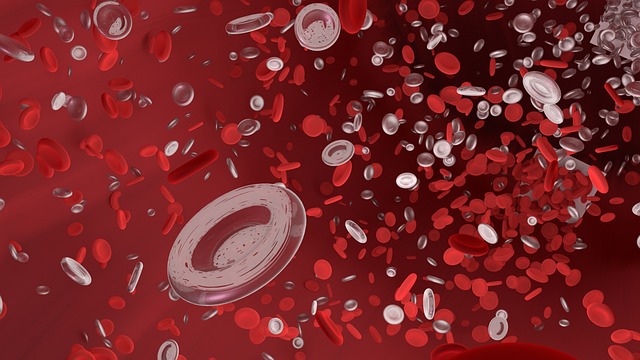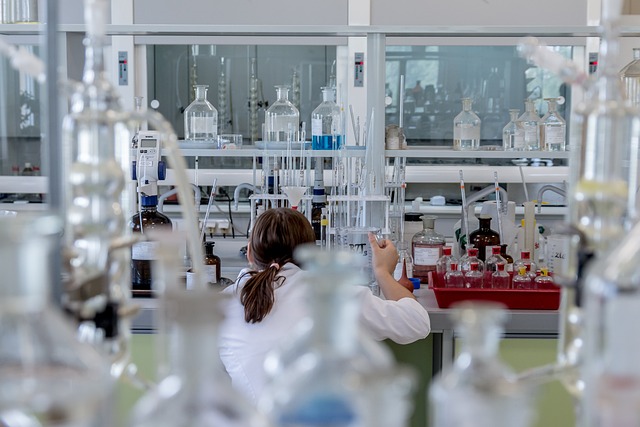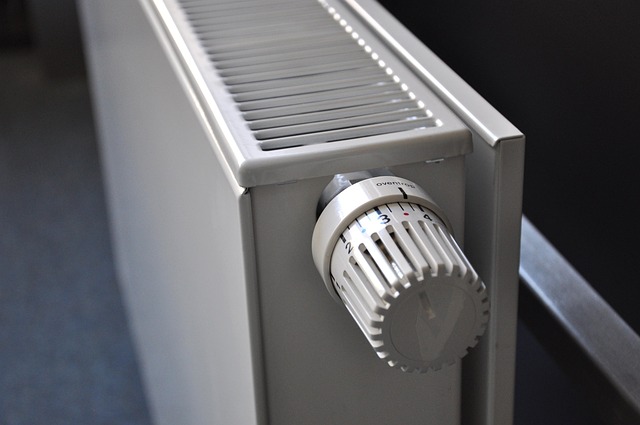
Gas Exchange in The Lungs Is Facilitated by
Understanding Gas Exchange in the Lungs
Gas exchange is a vital process that occurs in the lungs, allowing oxygen to enter the bloodstream and carbon dioxide to be expelled. This exchange is crucial for maintaining the body’s metabolic functions and overall health. But how does this process work? Let’s break it down!
The Role of Alveoli
At the heart of gas exchange are tiny air sacs called alveoli. These structures are incredibly efficient due to their large surface area and thin walls, which facilitate the quick transfer of gases. When you inhale, oxygen travels down your airways and fills these alveoli, where it can then diffuse into the blood vessels surrounding them.
The Importance of Surfactant
One of the key players in this process is a substance known as surfactant. Surfactant is a mixture of proteins and lipids that reduces surface tension in the alveoli, preventing them from collapsing and ensuring they remain open for gas exchange. Without adequate surfactant, the efficiency of gas exchange can be significantly impaired, leading to respiratory issues.
How Gas Exchange Occurs
Gas exchange primarily occurs through a process called diffusion. This means that gases move from areas of higher concentration to areas of lower concentration. In the case of oxygen, it moves from the alveoli, where its concentration is high, into the blood, where its concentration is lower. Conversely, carbon dioxide moves from the blood, where it is more concentrated, into the alveoli to be exhaled.
Factors Affecting Gas Exchange
Several factors can influence the efficiency of gas exchange in the lungs:
- Surface Area: A larger surface area in the alveoli allows for more gas exchange. Conditions like emphysema can reduce this area.
- Thickness of Alveolar Walls: Thicker walls can slow down diffusion. Diseases such as pulmonary fibrosis can increase wall thickness.
- Ventilation-Perfusion Ratio: This refers to the relationship between the amount of air reaching the alveoli and the blood flow in the surrounding capillaries. An imbalance can hinder gas exchange.
- Presence of Surfactant: As mentioned earlier, surfactant is crucial for maintaining alveolar stability and promoting gas exchange.
Common Conditions Affecting Gas Exchange
Various medical conditions can impair gas exchange, leading to symptoms like shortness of breath and decreased oxygen levels. Some common conditions include:
- Chronic Obstructive Pulmonary Disease (COPD): This group of lung diseases, including emphysema and chronic bronchitis, can obstruct airflow and reduce gas exchange efficiency.
- Pneumonia: Inflammation and fluid accumulation in the alveoli can hinder gas exchange.
- Asthma: This condition can cause airway constriction, making it difficult for air to reach the alveoli.
- Pulmonary Edema: Fluid buildup in the lungs can significantly impair gas exchange.
Conclusion
Gas exchange is a complex but essential process that keeps our bodies functioning properly. Understanding the factors that facilitate this process can help us appreciate the importance of lung health. From the role of alveoli to the significance of surfactant, each component plays a crucial part in ensuring that our bodies receive the oxygen they need and expel carbon dioxide efficiently. Remember, taking care of your lungs is taking care of your overall health! 🌬️

















 What in the World is Thin-film Interference?
What in the World is Thin-film Interference? 
 Health
Health  Fitness
Fitness  Lifestyle
Lifestyle  Tech
Tech  Travel
Travel  Food
Food  Education
Education  Parenting
Parenting  Career & Work
Career & Work  Hobbies
Hobbies  Wellness
Wellness  Beauty
Beauty  Cars
Cars  Art
Art  Science
Science  Culture
Culture  Books
Books  Music
Music  Movies
Movies  Gaming
Gaming  Sports
Sports  Nature
Nature  Home & Garden
Home & Garden  Business & Finance
Business & Finance  Relationships
Relationships  Pets
Pets  Shopping
Shopping  Mindset & Inspiration
Mindset & Inspiration  Environment
Environment  Gadgets
Gadgets  Politics
Politics 